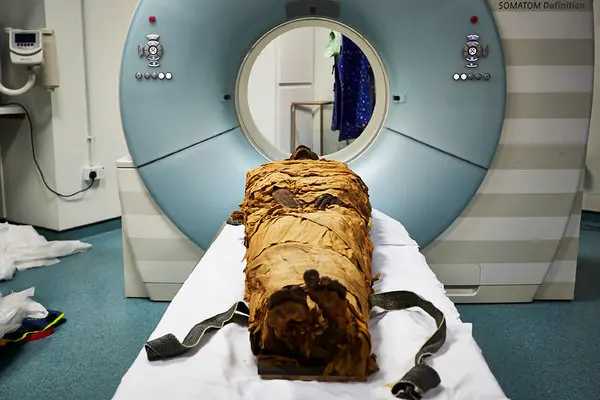lettersforvivian.org – Mummies, often viewed as relics of ancient history, have found a unique place in modern medicine. These time capsules provide invaluable insights into the health, diseases, and lifestyles of past civilizations. By studying mummies, researchers and medical professionals can gain a better understanding of the evolution of diseases and the history of human health. This article explores the fascinating intersection of mummies and modern medicine, highlighting what they teach us today.
Understanding Ancient Diseases
Mummies offer a direct look into the diseases that afflicted ancient populations. Studies of mummified remains have revealed evidence of conditions such as tuberculosis, arthritis, and cardiovascular diseases. For instance, CT scans of Egyptian mummies have shown signs of atherosclerosis, challenging the notion that heart disease is solely a modern affliction. These findings help researchers trace the origins and development of diseases over millennia.
Insights into Ancient Medical Practices
The examination of mummies also sheds light on the medical practices of ancient cultures. For example, evidence of surgical procedures, such as trepanation (drilling holes into the skull), has been found in mummified remains from various regions. These discoveries reveal the medical knowledge and techniques employed by ancient civilizations, offering a broader perspective on the history of medicine.
Evolution of Human Health
By analyzing mummies, scientists can study changes in human health and lifestyle over time. Isotopic analysis of hair and bone can provide information about ancient diets, while dental examinations reveal insights into nutrition and oral health. Such studies help researchers understand how shifts in diet and environment have affected human health throughout history, informing current public health strategies.
Advances in Diagnostic Techniques
The study of mummies has driven advancements in medical imaging and diagnostic techniques. Non-invasive methods such as CT and MRI scans are routinely used to examine mummified remains, allowing researchers to study these ancient bodies without causing damage. These techniques not only enhance our understanding of mummies but also contribute to the development of medical imaging technologies used in hospitals today.
Genetic Research and Disease Evolution
DNA analysis of mummies provides a unique opportunity to study the genetic makeup of ancient populations. This research helps trace the evolution of diseases and pathogens, such as the study of the bacterium responsible for tuberculosis. Understanding the genetic history of diseases can inform the development of treatments and vaccines, offering potential solutions to contemporary health challenges.
Conclusion
Mummies serve as more than just historical artifacts; they are essential tools for modern medicine. By unlocking the secrets held within these ancient bodies, researchers can gain a deeper understanding of human health, disease evolution, and medical practices across time. As technology continues to advance, the study of mummies will undoubtedly yield even more insights, bridging the past and present to improve our understanding of health and medicine today.

